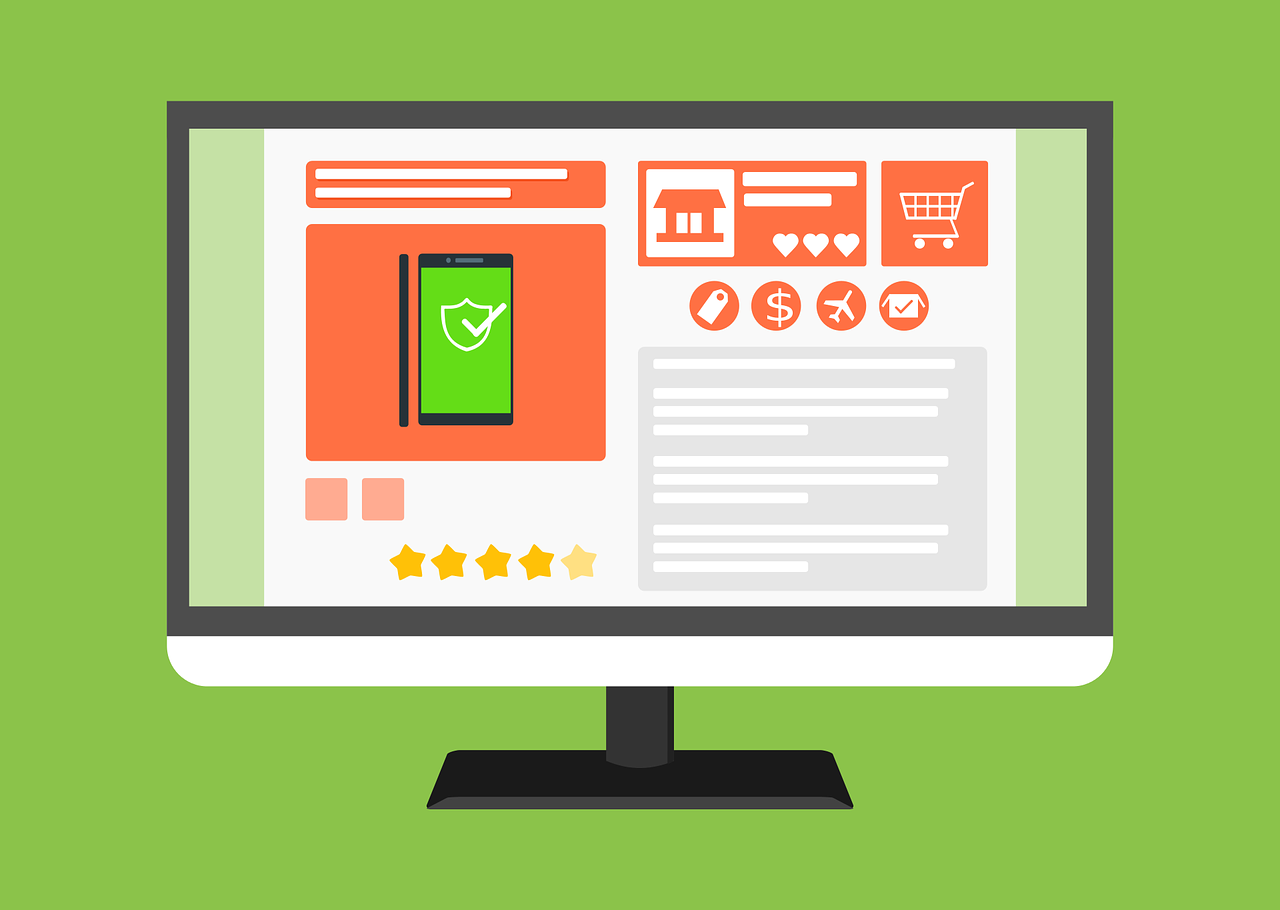Menu

In the competitive world of e-commerce, high-quality visuals can make or break a sale. One of the best ways to ensure crisp, scalable, and professional images is by using vector graphics. Unlike raster images, vector images don’t lose quality when resized, making them perfect for product displays, banners, and logos. Whether you’re looking to enhance website speed or improve user experience, understanding how to use vector images effectively can significantly boost your online store’s success. This guide covers essential tips for optimizing vector images in e-commerce, ensuring they not only look great but also contribute to better SEO and user engagement.
Vector images offer several advantages that make them ideal for e-commerce websites:
Scalability: They can be resized without losing quality, ensuring crisp visuals on any screen size.
Smaller File Sizes: Compared to high-resolution raster images, SVG files tend to be smaller, improving website speed.
Better SEO Performance: Properly optimized vector images (with alt text and file compression) can enhance your site’s ranking.
Professional Branding: Vectors are commonly used for logos, icons, and banners to maintain a consistent and sharp look across devices.
Use SVG format for website graphics, such as logos and icons, to maintain high quality.
Optimize vector files by removing unnecessary metadata to reduce load time.
Use CSS and JavaScript to animate vector elements for interactive design.
Even though search engines can’t "see" images, they rely on text-based signals for indexing. Follow these SEO practices for vector images:
Use descriptive file names: Instead of “image1.svg,” name it “vector-ecommerce-icon.svg.”
Add alt text: Ensure all vector images have alt descriptions that include keywords, like “high-quality vector shopping cart icon.”
Optimize for speed: Use tools like TinyPNG or SVGO to compress SVG files.
Implement lazy loading: This improves site performance by loading images only when they’re needed.
💡 Internal link suggestion: Learn more about optimizing images for SEO.
Choosing the right format ensures maximum compatibility and performance:
| Best Use Case | ||
| SVG | Logos, icons, UI elements | ||
| AI (Adobe Illustrator) |
| ||
| EPS | Print-ready designs | ||
Vector-based digital documents |
💡 Tip: Convert AI or EPS files to SVG for web use to ensure better page speed and compatibility.
High-quality visuals influence purchasing decisions. Here’s how you can leverage vectors effectively:
Use vector-based icons for features like free shipping, discounts, and guarantees.
Include vector graphics in infographics or size charts to improve customer understanding.
Design vector-based banners for seasonal promotions.
Use SVG animations to attract user attention in ads or pop-ups.
💡 Internal link suggestion: Check out the best e-commerce website design practices.